I visited the Tudor-style Paycocke's House and Garden at the beginning of September when I was in Essex. As the house is a small property, visitors must book their visit in advance for guided tours. The house itself dates from about 1500, and it was built for Thomas Paycocke. Paycocke made his riches in the cloth trade, and this is an example of a Tudor merchant's home. The house is located in the village of Coggeshall in Essex.
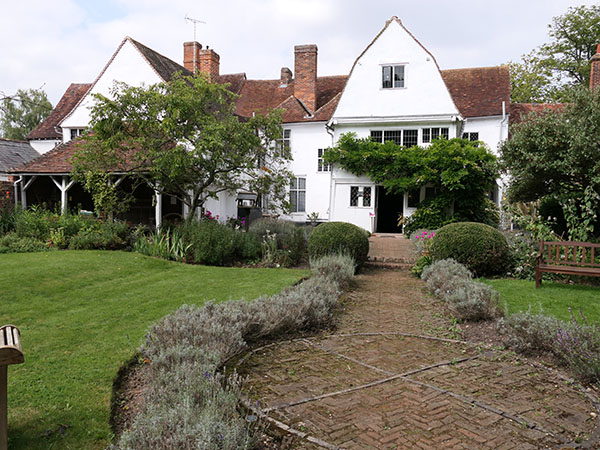
The house was used as a wool-processing plant, home, and office. The river used to run at the back of the house, but it has since been diverted. The processed wool would probably leave in boats at the back of the house. The house was primarily built as a status symbol.
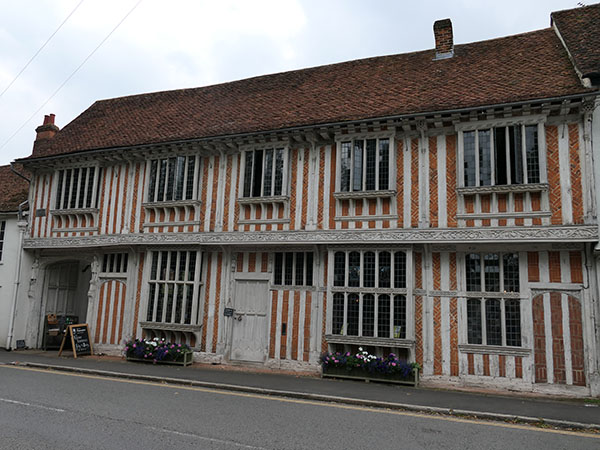
The house remained in the Paycocke's family until 1584. It was then purchased by the Buxton family in the mid-1700s and divided into cottages and sold. The houses became in a bad state when a historian protested against their destruction, and a descendant of the Buxton family decided to restore the house and later gave it to the National Trust.
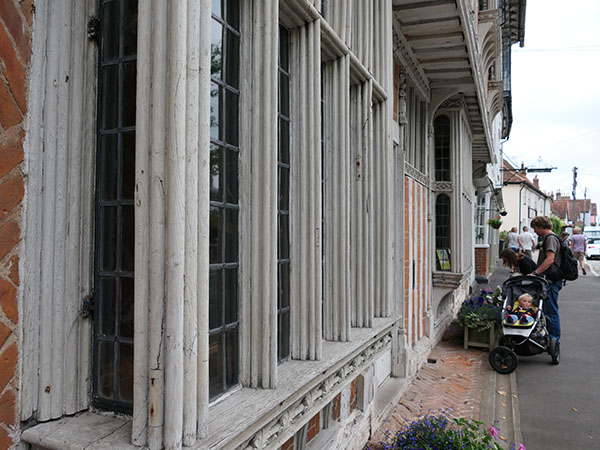
'Coggeshall Whites' was the term of cloth produced. It was woven wide and considered excellent quality and recognisable. It was sold undyed because the Flemish merchants would finish the cloth with dye. The cloth was known through Europe, and the entire production process was completed by Paycocke.
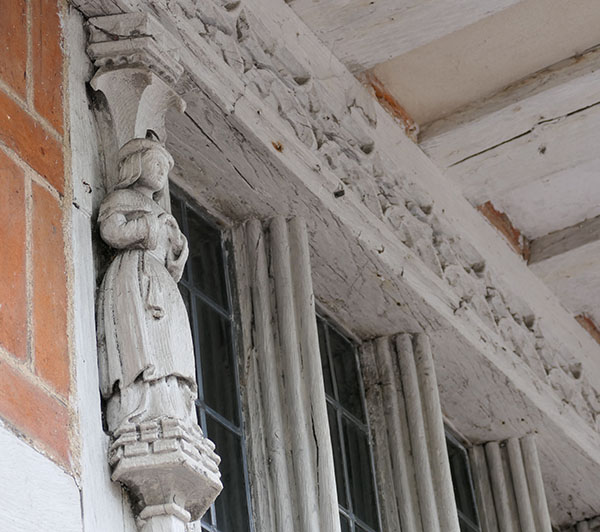
The house was re-decorated and altered during the decades, and some of the rooms have had panelling and carving installed in them from other properties that were in decline. Originally, the wooden beams on the ceiling contained "T" for "Thomas" and "M" for "Margaret", his first wife. His wife's family was wealthy in the cloth trade, and Thomas learned the trade as an apprentice.
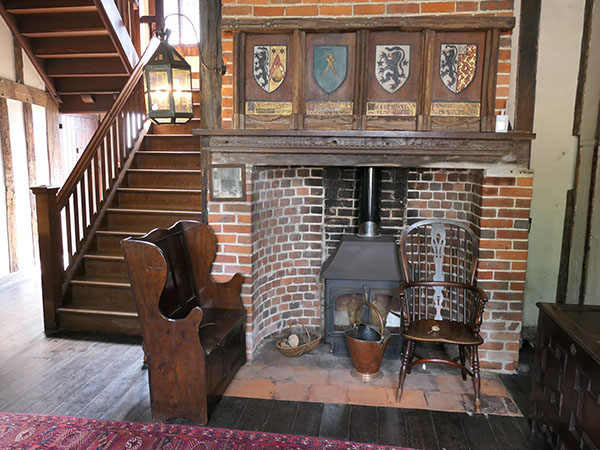
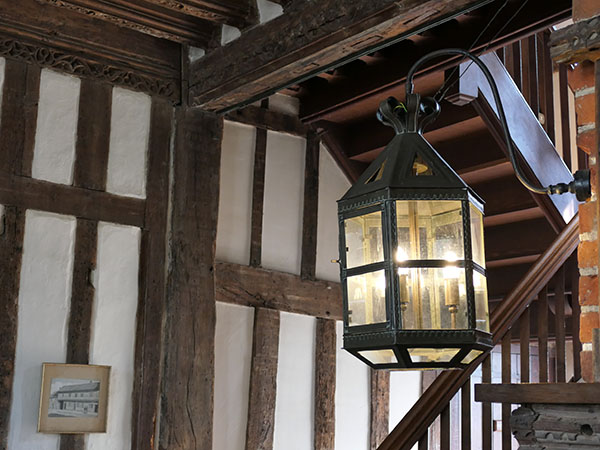
We were shown a hidden carving of a face on the wooden beams on the ceiling in the main room at the front.
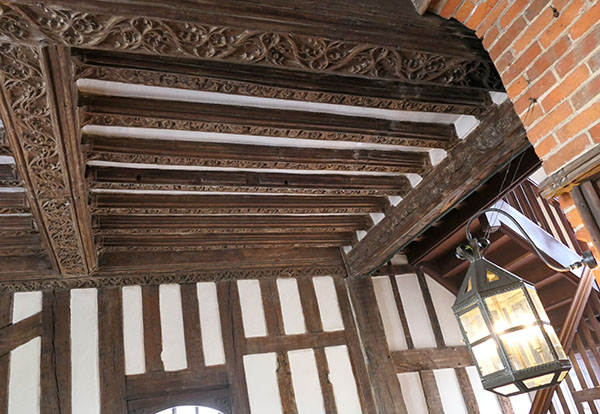
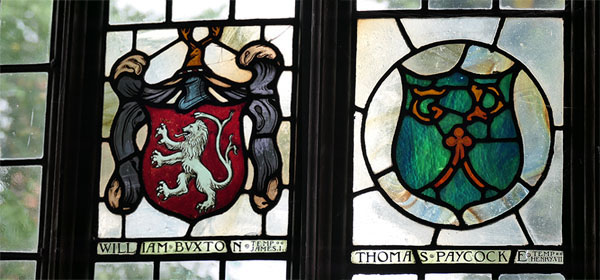
Various panelling and carvings had come, in part, from other homes. Some of the carvings may have been altered with symbols and names.


The upstairs of the house contains three rooms. One of the rooms demonstrated cloth. Another is set up as a dining area. The other room is set up as a bedroom. A part of an original bed post was discovered at the British Museum and sent back to the house to put on display, and it is one of the oldest items in the house. It contains Paycocke's symbol.
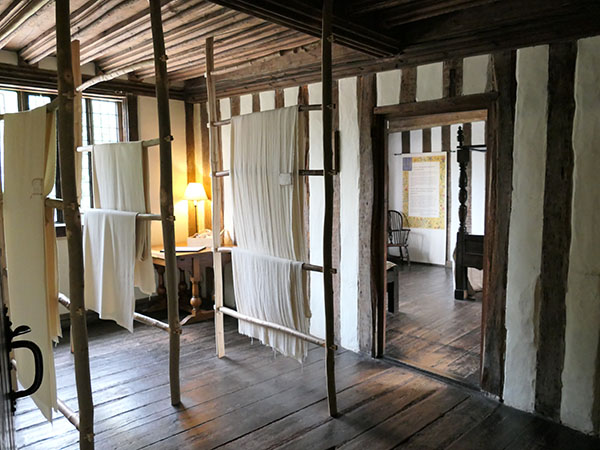
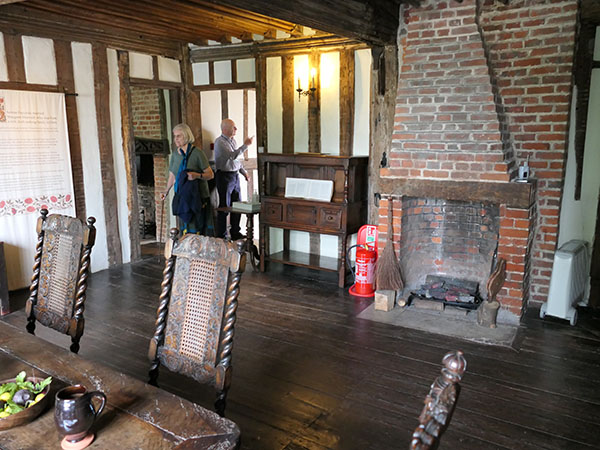
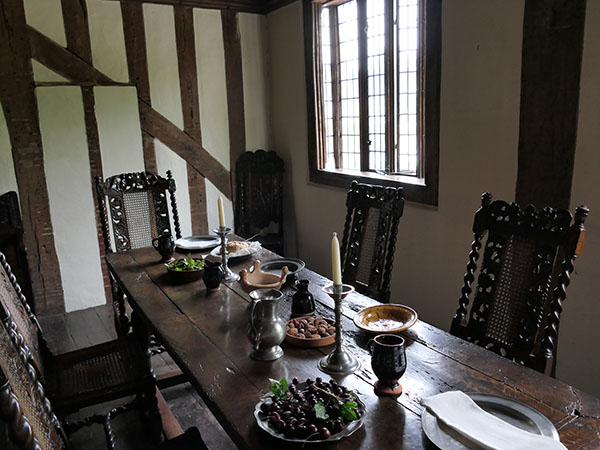
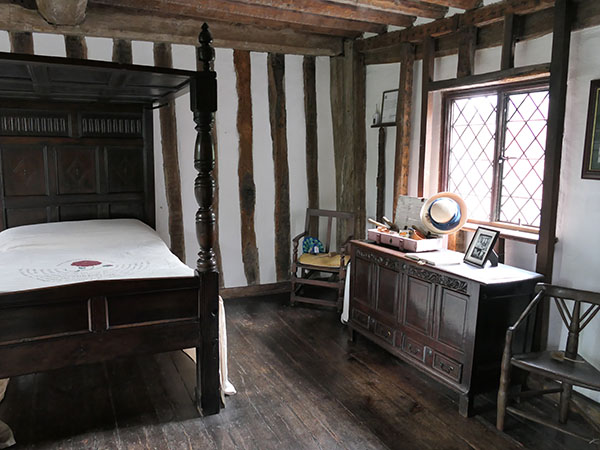
After looking around the house, I explored the garden. The garden is an Arts and Crafts style, and it was restored in 2008.
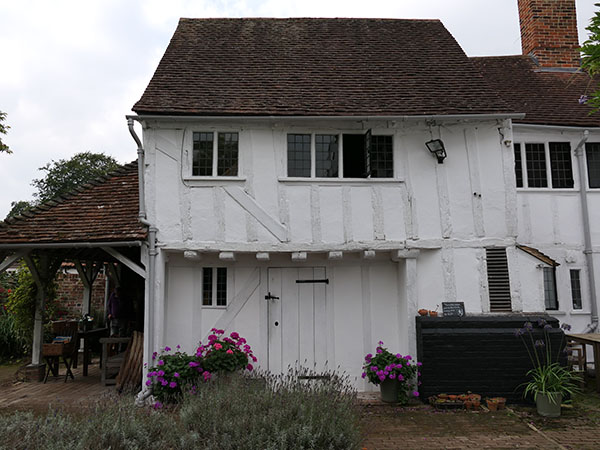
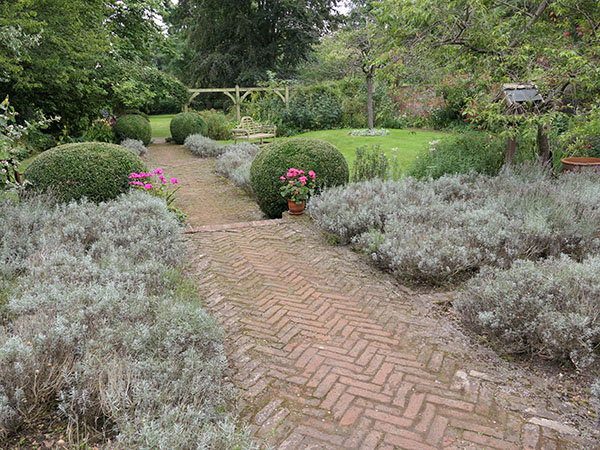
I also had a look in the bookshop.
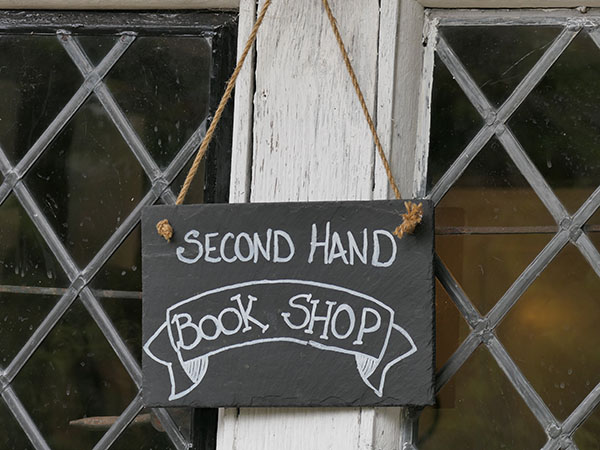
There would normally be a cafe at the property, but it is currently closed.

Inside where the cafe was located is an art display. Coggeshall Rainbows contains a lot of images of rainbows designed in the village in 2020. "Woven 808" by Mike Roberts is an interactive display made of cloth and electronics to allow the visitor to create patterns that match up to sound.

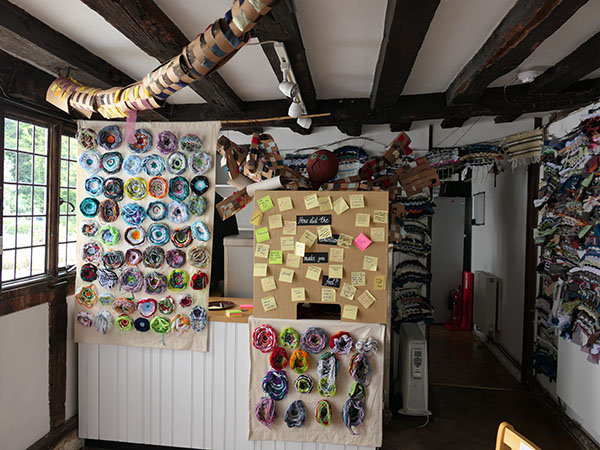
The tour guide was very knowledgeable at Paycocke's House and Garden, and it is a pleasant National Trust property to visit.

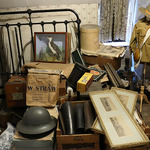
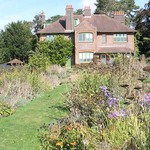
Leave a comment